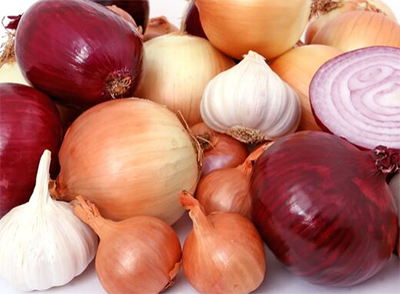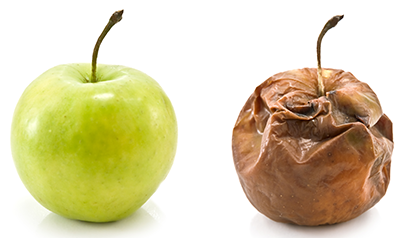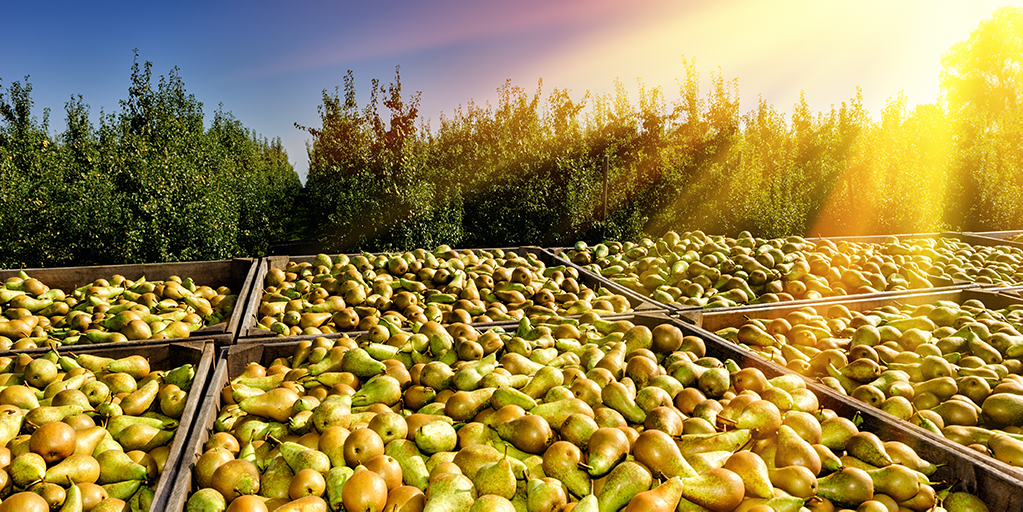When the hard work of growing is done, effective post harvest handling is vital.
Nearly 40% of harvested fruits and vegetables are wasted every year due to improper handling, storage, packaging, and transportation. This shrinkage can be minimized by using the most efficient post harvest technologies for your farm.
Post harvest handling begins as soon as the harvest is picked, and encompasses operations from transport, to packing, all the way to the customer, with the goal of preserving the quality of the product, as close to its original condition at harvest as possible. Consumer markets demand the most flawless looking and freshest produce, meaning any produce improperly stored or handled unsellable. Technologies to improve the shelf life of fresh fruits and vegetables can be broadly grouped under “Post Harvest Technologies”, and encompass a huge variety of preservation, packaging, environmental control, and transport innovations.
Environmental Control Methods
Temperature & Humidity Control
Perhaps the most immediately obvious method of preserving our fruits and vegetables is refrigeration. Products that are classified as “non-chilling-sensitive”, such as apples, pears, lettuce, and broccoli, are typically store at temperatures just above their standard freezing points, at temperatures between -2 and 2 degrees celsius. Other “chilling-sensitive” crops like avocados, bananas, melons, and citrus fruits need to be stored at product specific temperatures, usually ranging from 5 to 15 degrees.
Relative Humidity Controlled storage (RHC storage) is another common method of extending the shelf life of produce. The rate of transpiration, or water loss, of a product is affected by the humidity levels of the air. Fruits, vegetables and root crops are 65 to 95 percent water, and as water is lost in storage, they will begin to wilt and decay.
Heat Treatments for fresh produce are used primarily to prevent the growth and spread of bacteria or fungus that cause decay. Hot water or steam applications, extend the life of the produce by reducing the rate at which rotting bacteria accumulate on the product’s surface.
Curing
Some crops such as garlic, onions, and potatoes are cured before storage to create a protective layer of dried tissue cells around the outside of the product - like the dry skin on the outside of an onion. The dried external layer of skin will prevent damage and water loss during storage to extend the life of the crop.

Air Quality Control
In Controlled Atmosphere Storage, the air content of a storage unit is manipulated to slow the ripening of fruit and vegetables, essentially making them dormant. A C.A. storage unit is completely airtight, and oxygen levels are lowered to around 2%. Carbon dioxide levels are increased as well, up to 2.5% depending on the variety of produce. Controlled Atmosphere storage is not suitable for all products though, as the high CO2 levels can cause damage to more sensitive crops. This method is costly and difficult to maintain as once a storage container is opened, the air quality is compromised.
Physical Treatment Methods
Ethylene control
Ethylene is a naturally occurring hormone in fruits and vegetables responsible for ripening, that is released as a gas during the ripening process, and drastically reduces the shelf life of produce. Various ethylene control methods are applied to produce to slow or halt the ripening process.

SmartFresh is an ethylene blocking product that is diluted with water and applied to stored produce as an aerosol. Its active ingredient 1-methylcyclopropene (1-MCP) binds to the external ethylene receptors on fruit, blocking them and preventing the fruit from growing ripe.
Ethylene Scrubbers are climate control devices installed in storage units that circulate air while oxidizing and removing ethylene gas, keeping the ambient air at an ethylene level below 0.03 ppm. Ethylene scrubbers are big investments and make more sense in larger production practices.
Irradiation:
Irradiation is a specialized treatment method that uses gamma rays, x-rays or electron beam rays to extend the shelf life of fruit by eliminating bacteria, microorganisms, and pests. Similar to the pasteurization of milk and dairy products, irradiation techniques are used on a variety of products, from meat and poultry to fruits and vegetables, to preserve food and prevent foodborne illnesses such as E. coli and salmonella.
Waxes and Coatings:
Some types of produce benefit from the addition of edible coatings applied to their surfaces to create a barrier that keeps moisture content in, and bacteria out. Citrus fruits for instance are typically coated in wax to enhance their existing waxy cuticle and preserve freshness.

The technologies and techniques listed above offer a huge variety of solutions to post harvest challenges. A thorough understanding of post harvest technologies can help you find the best solutions for your farm.
Interested in learning more about Croptracker? Learn more about our Farm Management Software, or book a demonstration to schedule a meeting with our product experts.
And as always, if you're ever stuck, never hesitate to e-mail us at support@croptracker.com or Live Chat with us by clicking the green speech bubble ![]() in your bottom right-hand corner. We're always happy to help, so Croptracker can make your farm more efficient, safer, and more profitable!
in your bottom right-hand corner. We're always happy to help, so Croptracker can make your farm more efficient, safer, and more profitable!


